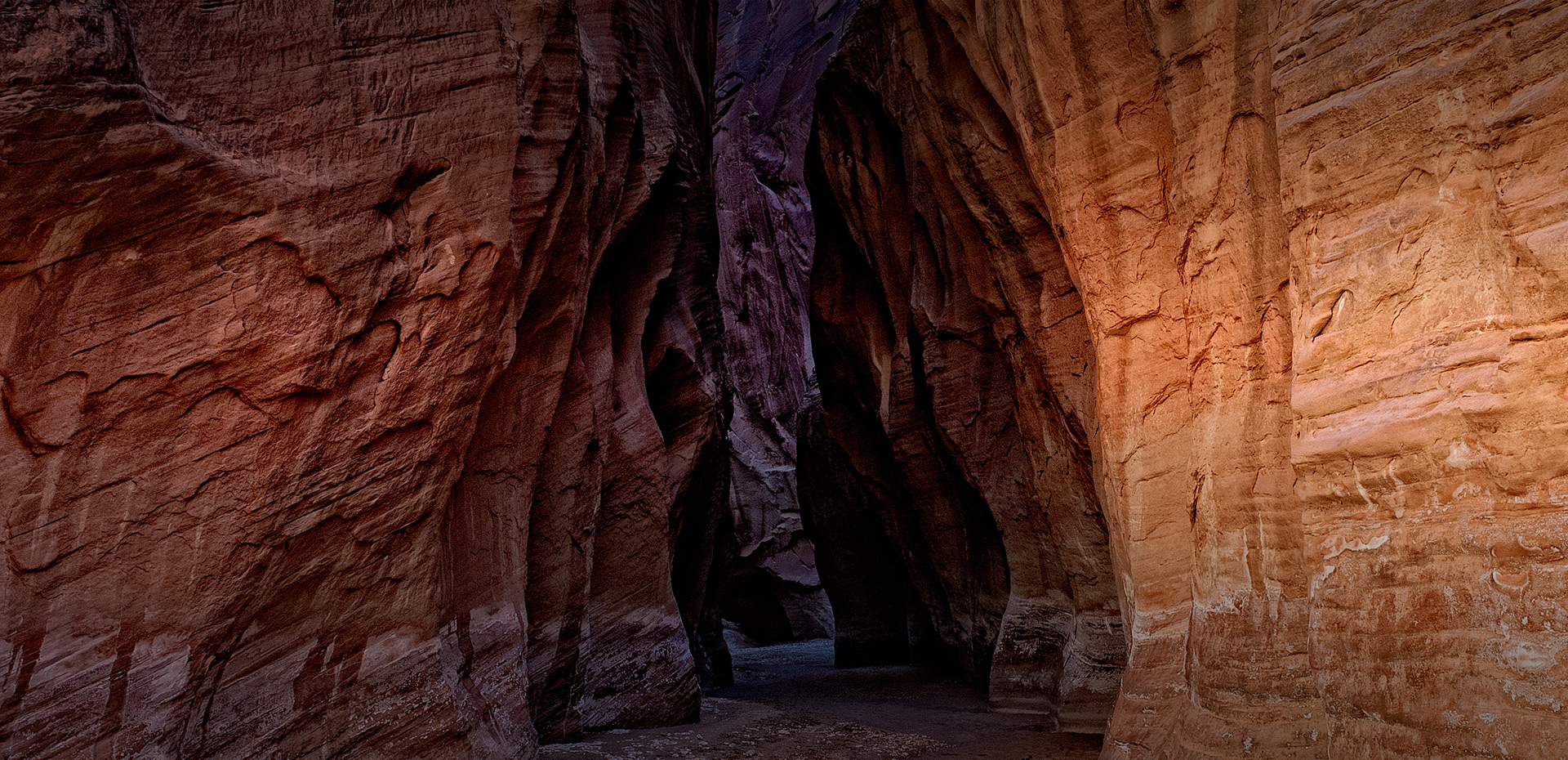
Day 01: Arrival at QAIA – Meet & Assist – Transfer to the hotel in Amman for overnight
You will arrival at Amman airport and meet with our representative at the airport; you will transfer to your hotel in Amman for overnight.
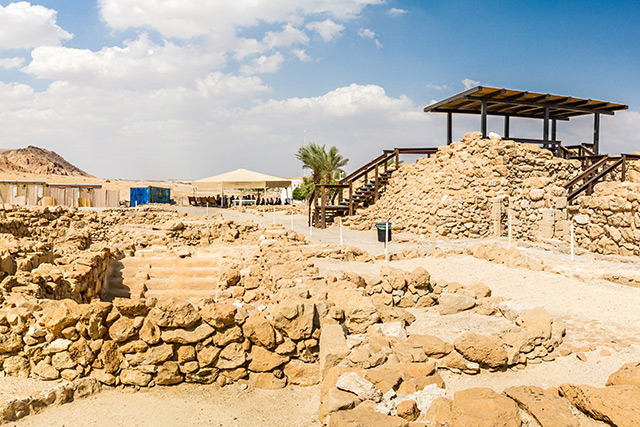
Day 02: Um Qais, Ajloun, Evening Café and street food – Overnight at the hotel in Amman
Breakfast at your hotel then transfer to visit Um Qais or Gadara of antiquity, Gadara commands a magnificent view over the northern Jordan Valley, the Sea of Galilee (Lake Tiberias), the Yarmouk River gorge and the Golan Heights. After the visit, proceed to the Saracen castle at Ajlun.
This 12th Century castle was built by Saladin in his successful campaign to drive the Crusaders from Jordan in 1189 and is an outstanding example of Arab/Islamic military architecture. In the late afternoon, return to your hotel in Amman for dinner and overnight.
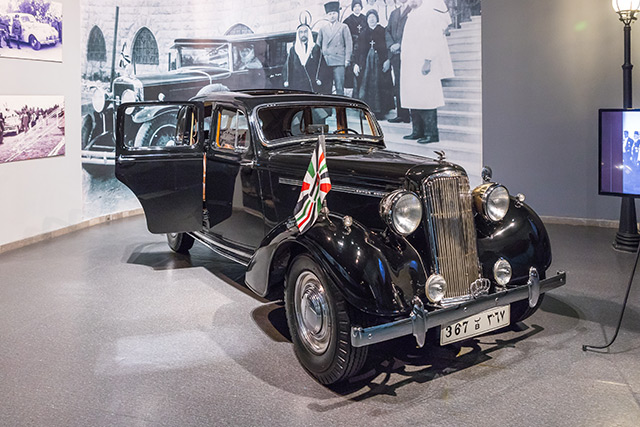
Day 03: Royal Automobile Museum, City tour, Citadel, Roman Theater, Old souk, Overnight at the hotel in Amman
In the morning you will transfer to the Royal Automobile Museum, one of the most interesting and well organized Museums in Jordan. The museum depicts the history of the Hashemite Kingdom of Jordan from the early 1920s until today through King Hussein’s love of cars.
Each car tells its own unique story and how it was involved in the making of the modern day history of Jordan. The Museum has been developed as a tribute to the late King Hussein of Jordan. Throughout the Museum you get to see rare cars, motorcycles, photos, videos as well as sound bites. It is the perfect introduction to a tour of Amman and Jordan. Then start a city tour of Amman, the capital of the Hashemite Kingdom. Often referred to as the “White City” because of the white stone used to build houses, Amman offers a contrast between oriental and cosmopolitan. The tour will take you to the museums, the Citadel, the amphitheatre, the souks and the modern part of town. Back to your hotel in Amman for overnight.
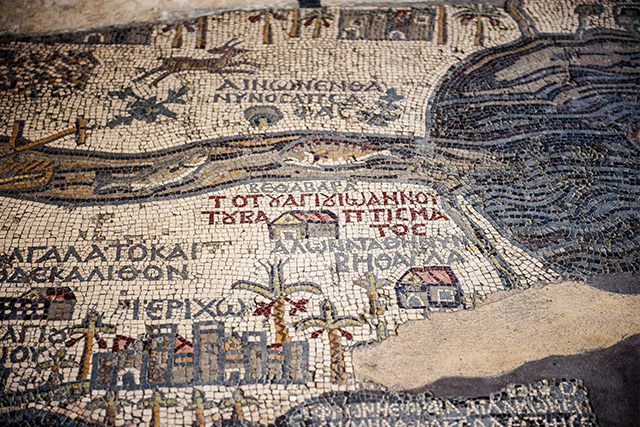
Day 04: Visit Madaba, Mt. Nebo, Um Al Rasas, Kerak, Shobak, Overnight in Petra
Depart Amman to Petra via the Kings’ Highway. En route, visit the mosaic city of, Madaba, known as the City of Mosaics. Here you will visit the oldest map of the Holy Land on the floor of Saint George’s Church. Madaba, or Medeba in antiquity, features many famous mosaics that exist in public and private buildings.
After Madaba, a short drive will bring you to Mt. Nebo, the alleged burial site of Moses overlooking the Jordan Valley and the Dead Sea. From this mountain top Mosaic had his first glimpse of the Holy Land, a land he was never allowed to enter. Here Franciscans have built a structure that protects a 4th and 6th Century Byzantine church. After this visit transfer to Um Al Rasas the archeological site in Jordan which contains ruins from the Roman, Byzantine, and early Muslim civilizations. Despite the fact that the majority of the site is still to be excavated it is a UNESCO World Heritage site and is one of the most significant Mosaics in the region. The most important discovery on the site was the mosaic floor of the Church of St Stephen. It was made in 785 (discovered in 1986). The perfectly preserved mosaic floor is the largest one in Jordan
After visiting this site, continue on via the scenic canyons of Wadi Mujib (Arnon Valley in the Bible) to the Crusader castle at Kerak. This 12th Century hill top fortress features galleries, towers, chapels and ramparts that recall the gallantry of the Crusaders themselves. This is yet another castle in the great chain of Crusader fortresses which stretches across Jordan. The stronghold, known as Mont Realis (Montreal), was constructed in 1115 CE by Baldwin I. then proceed to visit Shobak was home to about 6000 Christians. It suffered numerous assaults by Salah Eddin (Saladin) before it finally fell to him in 1189. Shobak Castle was then restored by the Mamluks in the 14th century. The castle is perched on top of a small hill northeast of the town of Shobak. Inside the fortress there are two churches, the first of which is to the left of the entrance and up the stairs. There are ruins of baths, cisterns and rainwater pipes, in addition to millstones for pressing olives, a few archways and other works which have stood the test of time. The caretaker can point out a shaft from which a set of stairs cut into the rock leads down to a spring below the castle. The shaft has 375 steps and is one of the deepest wells ever cut by Crusader forces. Then on to Petra for check in & overnight at your hotel in Petra
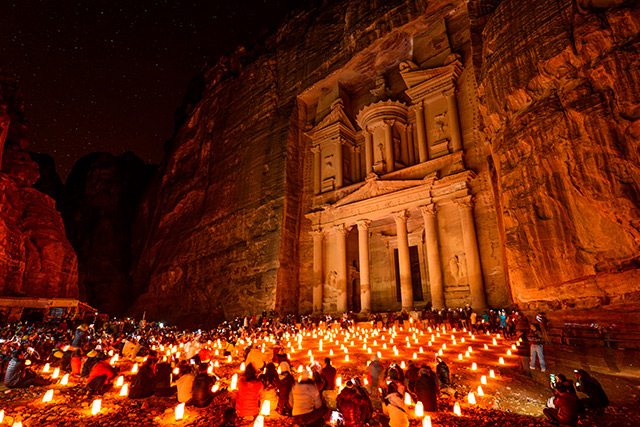
Day 05: Visit Petra, Overnight at the hotel in Petra
After breakfast, depart on a full day tour of Petra. Once the ancient Nabatean capital, this city gently reveals itself as you walk through its hand carved facades. Starting at the visitors center, each person is assigned a horse guided by a local Budouin who will lead you to the once hidden entrance to the lost city.
After passing some tombs which are located outside the city, the visitor passes through the SIQ, an immense crack in the Nubian sandstone. It is a winding, one-kilometer-long fissure between overhanging cliffs that seem to meet more than 300 feet overhead. Near the end of the passage, the SIQ, with great style, makes one last turn and out of the gloom in towering brightness appears Petra’s most impressive monument, el Khazneh – The Treasury. This is one of the most elegant remains of antiquity, carved out of the solid rock from the side of the mountain and is nearly 140 feet high and 90 feet wide.
Beyond el Khazneh the visitor is surrounded on both sides by hundreds of Petra’s carved and built structures, soaring temples, elaborate royal tombs, a carved Roman theater, large and small houses, burial chambers and much more. The Victorian traveler and poet, Dean Burgon, gave Petra a description which holds to this day – “Match me such a marvel save in Eastern clime, a rose-red city half as old as time.” After a full day in Petra head back through the entrance to your hotel for overnight.
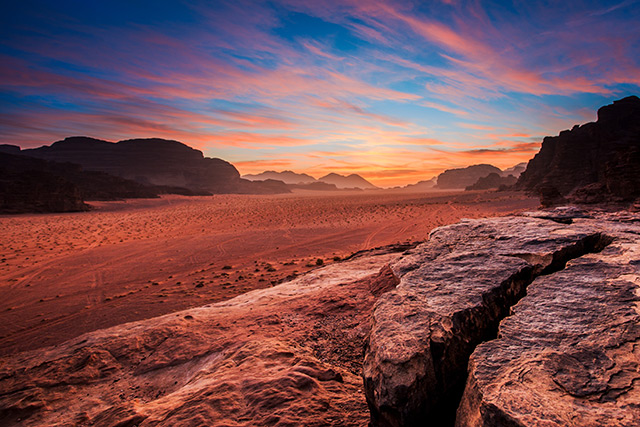
Day 06: Depart Petra to Wadi Rum, Wadi Feynan, Overnight at Feynan Eco-Lodge
After the breakfast at the hotel in Petra, you will then transfer to the magical desert of Wadi Rum, home of “Lawrence of Arabia”. Upon arrival, you will take a jeep tour managed and driven by one of the local Bedouin to many of the sites in the moon-like landscaped desert.
You will start from the visitor center and drive to Rum village about a 10 minute drive on paved roads. After this you will head into the ochre coloured sandy desert as you visit the sites of Rum. Visit Lawrence’s spring this spring was named for T.E. Lawrence, of Lawrence of Arabia fame, who fought in the Arab revolt against the Ottoman Empire. Continue to Khazali Canyon an iconic feature in Wadi Rum, Khazali Canyon is an easy 20 minute walk that allows you to see many Nabatean inscriptions and drawings. Last place to visit is the Sand dunes, then head back to the visitor center passing by Wadi Rum Village. Depart Wadi Rum for the rocky desert of Wadi Feynan and home to the Feynan Eco lodge, constructed in 2005 by renowned architect Ammar Khammash at the western edge of the Dana Biosphere Reserve.
Feynan Ecolodge is owned by the Royal Society for the Conservation of Nature and is the first of its kind in Jordan. Before the lodge was built, the land was utilised as a campsite by archaeologists conducting studies and digs in the area. The RSCN developed the campsite into an eco – lodge to provide economic opportunities for local communities and generate revenue for the conservation of Jordan’s wild places. In September 2009, Eco Hotels took over the management and operation of the lodge, offering travellers an unparalleled opportunity to experience Jordan’s wilderness, meet its native people and explore its ancient history, with minimal impact on the environment. Lit entirely by candles and run on solar power the Eco – lodge is a fantastic experience set in the rugged Araba Valley that was once home to the early Christian as they were forced to work in the local copper mines. Overnight at Fynan Eco-lodge
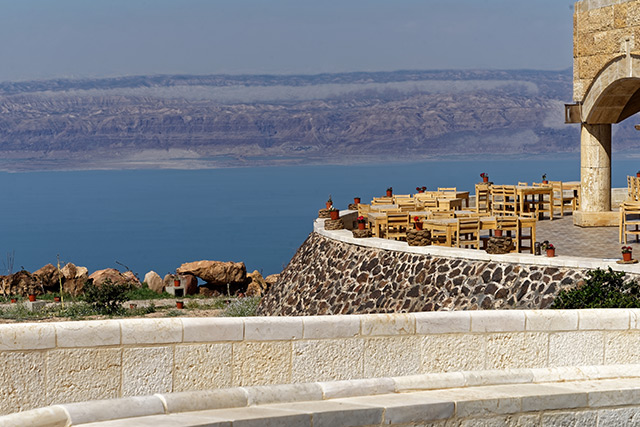
Day 07: Visit the Muesum at The Lowest Place on Earth, Lots Cave - Half day volunteer with Zikra including lunch – Overnight at the hotel at Dead Sea
Depart Wadi Fynan to visit The Museum at the Lowest Place on Earth The Museum at the Lowest Place on Earth is designed and managed by Greek Archaeologist Konstantinos Politis, who discoverd Lot’s Cave. Lot, the nephew of Abraham, features repeatedly in the colourful annals of the Dead Sea’s southern shores.
Lot’s Cave, just past the Lisan Peninsula, is where he and his daughters apparently lived after fleeing the destruction of Sodom and Gomorrah. Lot’s wife famously turned into a pillar of salt after looking back at the smouldering city. In an eyebrow-raising incident of incest that’s remarkable even for the Bible, Lot’s two daughters spiked their father’s drink, had sex with him and then nine months later gave birth to his grandsons/sons Moab and Ben-Ammi, the forefathers of the Moabite and Ammonite peoples. The cave, a 10-minute climb up a steep flight of steps, is surrounded by the ruins of a small Byzantine church (5th to 8th centuries), a reservoir and some mosaics, which were excavated by the British Museum. Remains from the cave date to the early Bronze Age (3300–2000 BC) and an inscription in the cave mentions Lot by name.
After visiting the museum head to Zikra for a opportunity to volunteer in a rural community. Spending and afternoon in Zikra is an incomparable Rural Experience in Ghor Al-Mazra’a, where you will get to learn, share, give, receive and experience the captivating riches of the Dead Sea community. Then back to your hotel at Dead Sea for overnight.
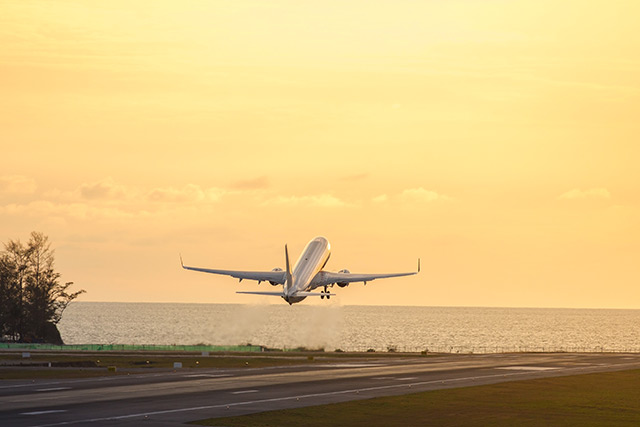
Day 08: Transfer to QAIA for departure
You will transfer to Amman airport to fly back home with safe trip
